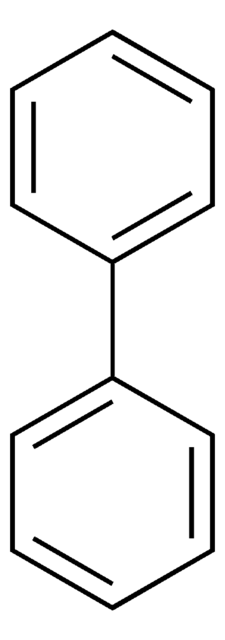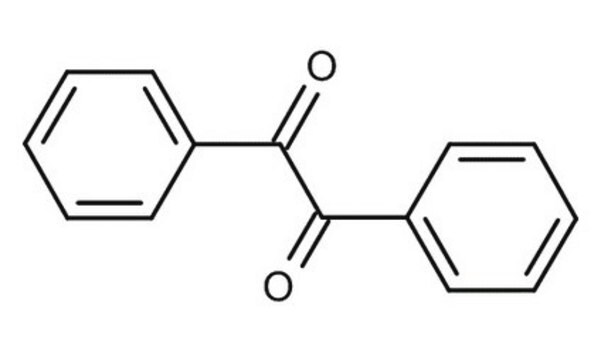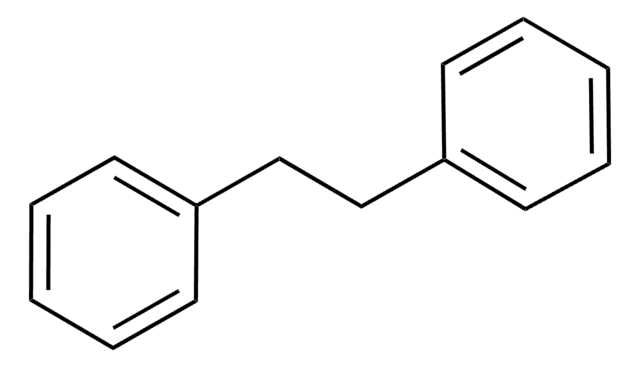About This Item
Productos recomendados
origen biológico
synthetic
Nivel de calidad
Agency
meets purity specifications of JECFA
densidad de vapor
5.31 (vs air)
presión de vapor
9.46 mmHg ( 115 °C)
Ensayo
≥99%
Formulario
flakes
powder or crystals
temp. de autoignición
1004 °F
lim. expl.
0.6 %, 111 °F
5.8 %, 166 °F
bp
255 °C (lit.)
mp
68-70 °C (lit.)
aplicaciones
flavors and fragrances
Documentación
see Safety & Documentation for available documents
alérgeno alimentario
no known allergens
Organoléptico
geranium; green
cadena SMILES
c1ccc(cc1)-c2ccccc2
InChI
1S/C12H10/c1-3-7-11(8-4-1)12-9-5-2-6-10-12/h1-10H
Clave InChI
ZUOUZKKEUPVFJK-UHFFFAOYSA-N
Información sobre el gen
human ... CYP1A2(1544) , ESR1(2099)
¿Está buscando productos similares? Visita Guía de comparación de productos
Descripción general
Cláusula de descargo de responsabilidad
Palabra de señalización
Warning
Frases de peligro
Consejos de prudencia
Clasificaciones de peligro
Aquatic Acute 1 - Aquatic Chronic 1 - Eye Irrit. 2 - Skin Irrit. 2 - STOT SE 3
Órganos de actuación
Respiratory system
Código de clase de almacenamiento
11 - Combustible Solids
Clase de riesgo para el agua (WGK)
WGK 2
Punto de inflamabilidad (°F)
230.0 °F - closed cup
Punto de inflamabilidad (°C)
110 °C - closed cup
Equipo de protección personal
dust mask type N95 (US), Eyeshields, Gloves
Elija entre una de las versiones más recientes:
¿Ya tiene este producto?
Encuentre la documentación para los productos que ha comprado recientemente en la Biblioteca de documentos.
Nuestro equipo de científicos tiene experiencia en todas las áreas de investigación: Ciencias de la vida, Ciencia de los materiales, Síntesis química, Cromatografía, Analítica y muchas otras.
Póngase en contacto con el Servicio técnico








